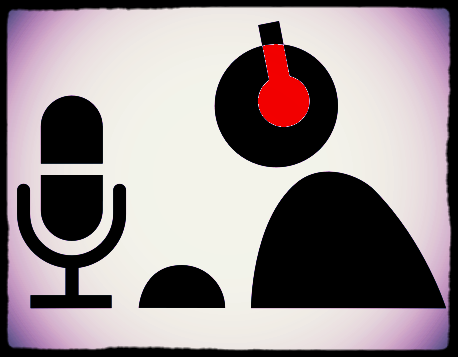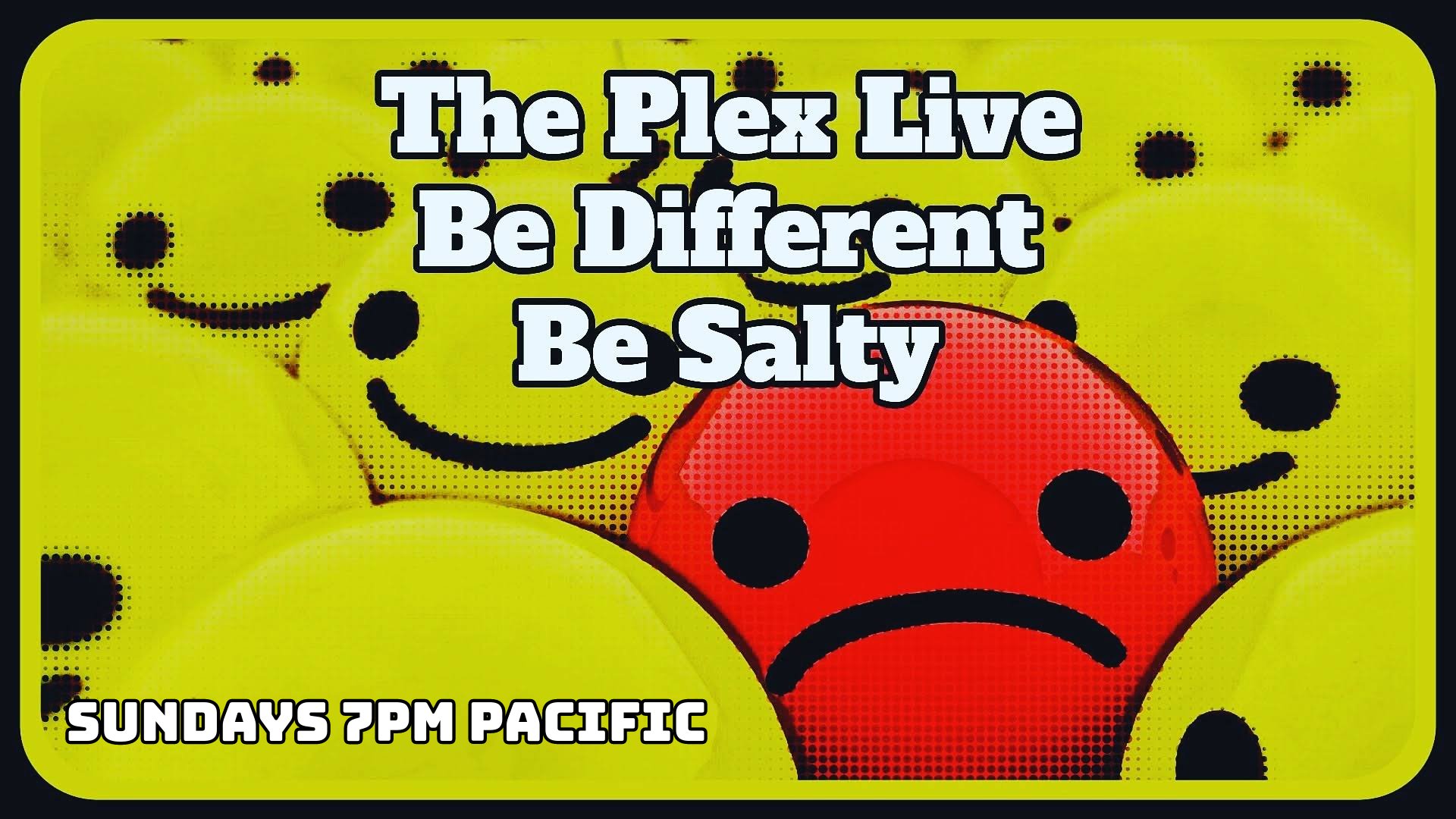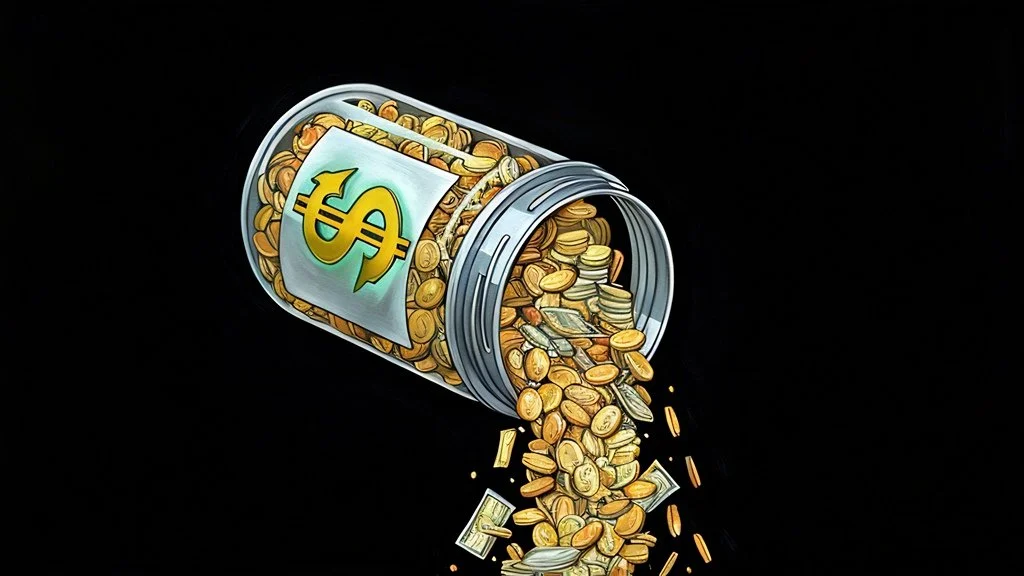Christopher T. Conner, PhD.
University of Missouri, Columbia
Department of Sociology
ctckdg@missouri.edu
For most people the idea that anyone could be part of the far right and gay seems like an unimaginable paradox. However, as my ethnographic adventures into the far-right and conspiracy theories has found they do in fact exist—and is a finding corroborated by other researchers in my field. More importantly, they seem to be gaining traction and momentum within certain sectors of the LGBTQIA2 community—both in the United States, Europe, and Australia. Many of the ideas currently being espoused promote racial hierarchies, transphobia, and even anti-gay sentiments. Where do these ideas come from? What underlying conditions were already there for the far-right to use to their advantage? And, most importantly, is there anything that can be done about it? While conservative LGBTQIA2 individuals have always existed, even during the reign of the Nazi party, in an age of increasingly divisive rhetoric these ideas and beliefs have been given new life.
According to a 2020 study conducted by the Williams Institute approximately 9 million LGBT adults are registered voters, 15% of which are Republican and only 50% are Democrats. Like my recent peer reviewed journal article in Sexualities, some of the findings of this report make sense while others seem to contradict conventional wisdom about the individuals so studied. For instance, sexual orientation is considered an insignificant part of identity for LGBTQIA2 Republicans, yet 38% of this sample thought being an LGBT was a personal shortcoming. This recent report highlights a significant divide that has existed and persists within the LGBTQIA2 community—whether we have moved beyond the shared experience of marginalization that gave rise to the movement, or if we have entered into a “post-gay” era. However, gay men have played a pivotal role in promoting some of the most discussed topics in conservative politics—including an idea known as “the great replacement” theory.
It may shock readers to learn that a gay French socialite and artist named Renaud Camus coined the phrase “the great replacement” theory—an idea which has been promoted in far right circles as the idea that whites are being replaced at rate that they will be the minority by 2050 and that Democrats are attempting to accelerate this through liberal immigration policies. Camus has been photographed proudly marching alongside Neo-Nazi’s and others making him an even more bizarre figure than conservative provocateur Milo Yiannopoulos. These ideas have also been promoted by those who call themselves the IDW—a group of pseudo intellectuals promoting conservative talking points and anti-science rhetoric. Among those promoting these ideas are Jordan Peterson, gay political commentator Dave Rubin who if has not directly promoted replacement theory has promoted transphobic and anti- lesbian rhetoric, venture capitalist Peter Thiel, and Sam Harris—all “members” of the Intellectual Dark Web.
While for those not familiar with the inner workings of the far right, or alt-right, this may seem like a bizarre juxtaposition however the literature on authoritarianism gives us an idea on how one could hold these seemingly contradictory beliefs at the same time. In the 1950s Theodore Adorno and his contemporaries sought to understand if there was something within individuals that could lead individuals to choosing fascist ideology. Their groundbreaking study identified a number of traits that would lead one towards supporting authoritarian leadership. Of those nine traits several stick out as important for our discussion here—the belief in ridged (especially gendered) categories, belief that hierarchies are natural and justified, and aggression towards those seeking to transgress boundaries. These traits however, had already been cultivated by the gay community long before Milo, Dave Rubin, or Replacement Theory was televised into households.
Far right ideas however are in fact embedded within LGBTQIA2 culture, and empirical research studies have continuously found threads of discrimination based on gender, race, age, and ability which coalesese nd form hierarchies of beauty within gay culture. When asked why these hierarchies exist, and why some gay men choose to date only those at the top of this hierarchy, I found these men repeated some of the same talking points as those espoused by conservative political figures. These include overly racialized statements including the all too common no-fats no-femmes no-Asians. Thus, when Renaud Camus’ penned the great replacement theory he may have merely been expressing opinions which white gay men have been using as justifications for holding racist ideologies long before he published his book—one need only look to #grindrwhileblack for examples of this, or the Instagram page by the same name.
[insert tweet here]
https://twitter.com/grindrwhileblk/status/1557140414972452868
While the gay community and LGBTQIA2 spaces may seem like an odd place for the seeds of right-wing extremism to take root, the culture that has been built post-stonewall is one that has been increasingly commodified and as such increasingly exclusive—so much so most individuals chose not to live in gayborhoods but rather elsewhere due to affordability.
An additional mechanism that has allowed far right ideology to seep into the gay community comes, ironically, from the successes of the gay rights movement in promoting gay marriage. The term post-gay was used initially by Paul Burston a British News Journalist who when interviewed said he, “meant it tongue in cheek not in the way it has been taken recently.” The term however, was then used by several high-profile figures including an interview with Nate Silver in Out Magazine who used the term to divorce himself from political ideology. In a post-gay era, brought on by the Obergefell v. Hodges decision, they argue that one’s sexuality is distinct from one’s politics. This was the position of the first elected gay alderman in St. Louis in 2009 , when I interviewed him in my role as news reporter, and a sentiment that persists throughout Democratic and Republican parties. This sentiment, however, has exposed the far-right tendencies that have existed within gay culture.
With far-right extremism on the rise, the spread of these ideas and rhetoric represents a growing threat to the larger LGBTQIA2 community. On the ground this has played out in a variety of surprising ways—from promotion of QAnon by LGBTQIA2 persons, gay men openly using racial slurs on dating apps, and the general adoption of authoritarian positions which marginalize those at the bottom of the LGBTQIA2 world. In 2016 I witnessed how toxic this had become when lesbian protestors gathered to prevent the Long Pride parade and promote transphobic messaging. Here in the United States we’ve had parallel developments with gay men promoting ideas that naturalize hierarchies of beauty—claiming that they are natural and even a product of human evolution.
Outside of these ideas embedded within LGBTQIA2 culture we’ve also seen formal organizations that support conservative politicians. These include groups like #twinks4trump, gaysfortrump, in addition to the one’s that have existed for decades before hand (i.e. Log Cabin Republicans). In interviews that I have conducted with conservative gay figures they reiterate that they want to be seen as equal to, not distinct from, their straight counterparts. Many of these men also felt rejection from the larger LGBTQIA2 community leading them to find acceptance from others. Feeling rejected, these men found a warm embrace from conservative ideologues—why else would an openly gay man Black man call Pride a sin, and speak against gay pride festivals as immoral grounds for sexual gratification. Such behaviors seem to be the product of trying to appease conservative leaders, even if that means denouncing others like themselves.
In my ethnographic work on gay culture I’ve met many men who delayed coming out, myself included, because of the “body facism” or “toxic masculinity” that exists in the gay community. Even if you reject my premise that LGBTQIA2 culture had tendencies which provided fertile ground for far right ideologies to take hold, surely we can all agree that hiding one’s identify because of perceived rejection of one’s community is reason enough to change these behaviors. Moreover, in these initial first few days of a new virus attacking MSM communities—monkeypox—gay men seem to be clinging onto the hyper-individualism which has proved so harmful to other diseases including HIV/AIDS and COVID. If the LGBTQIA2 community is to weather this storm, perhaps we need to reconsider the places spaces and configurations that the community draws upon. COVID has given us a remarkable opportunity to reimagine what community looks like and to unravel the root causes of so many problem the LGBTQIA2 community has grappled with for decades.












